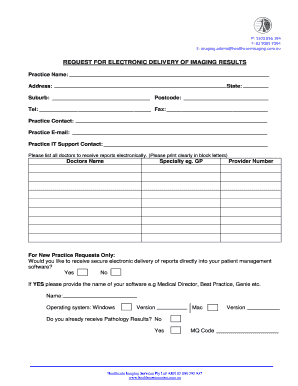


The API Reference docs for the API you’re using will specify the verb to use with each operation.
#ELECTRON API REQUEST UPDATE#
Personally speaking, I’ve encountered lots of APIs that don’t use the verb PATCH at all - rather, the verb PUT is used for all update operations. That all being said though, not all APIs adhere to this strict definition of PUT versus PATCH. In contrast, an API request that updates only the lastname attribute of a User object would typically be issued with the verb PATCH. PATCH is to be used for operations that update only some attributes of a resource.įor example, an API request that updates a User object by supplying values for every attribute of the object would typically be issued with the verb PUT.PUT is to be used for operations that update (replace) an entire resource.The verbs PUT and PATCH can both be used to update data - but what’s the difference between the two? Technically speaking: Note: You may sometimes hear the verb referred to as the method. POST – add data or initiate the specified action.In an API request, the verb is a word that indicates the type of action that’s being requested. The following image shows an API request that uses the Smartsheet API to add a column to an existing sheet. Body specifies the data to be added or updated.



 0 kommentar(er)
0 kommentar(er)
